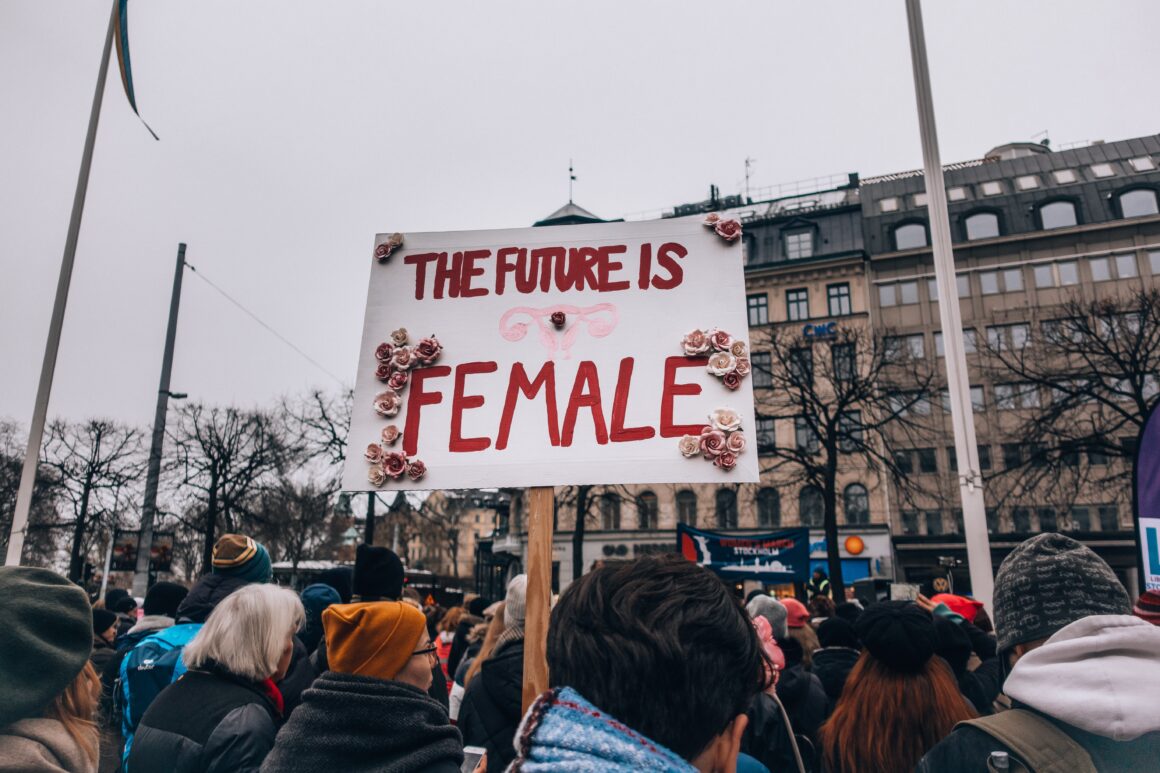Intersectionality was first defined by Kimberle Crenshaw in the 1980s. It is defined as, “the interconnected nature of social categorizations such as race, class, and gender as they apply to a given individual or group, regarded as creating overlapping and interdependent systems of discrimination or disadvantage”. Intersectionality affects every single person in one way or another. It affects our way of life, the way we communicate with others and how our environment interacts with us. It has even branched as a subsection of feminism: intersectional feminism.
Intersectional feminism means that it is inclusive of people of all races, genders, sexual orientations, religions, abilities and socioeconomic statuses. Even Susan B. Anthony, who is considered one of the faces of first wave feminism has been quoted saying, “I will cut off this right arm of mine before I will ever work or demand the ballot for the Negro and not the woman”. Anthony is hailed as a feminist icon, but she only cared for the rights of women that looked like her — women who were white.
In today’s age, things have gotten better when it comes to gender and race equality, but shouldn’t that mean the idea of feminism has changed? Since the 19th Amendment was ratified, a lot has happened for the move for equal rights. Gay marriage has been made legal, interracial marriage was made legal and the Civil Rights Act of 1964 was put in place, making it illegal to discriminate against anyone no matter what race, religion, sex, or nationality. The problem is that straight, cisgender, white women are still the face of mainstream feminism. This causes its focus to be centered around things those women experience, closing out other marginalized groups, such as women of color, women in the LGBT+ community, disabled women and non-Christian women. Coming from experience as a black woman, this makes it harder for our voices to be heard and makes us seem less credible. It is hurtful and distasteful, as it is against the basic idea of feminism that all women are created equal.
Intersectionality is like the bow on a present, it wraps everything together and makes it whole. It is impossible to say that feminism is about fighting for all women if it only includes a certain group of people and is exclusive of those who also struggle due to other forms of inequality, simply because they don’t fit into a certain mold. Feminism that is one-dimensional is never going to bring any change. In order to strive for equal rights, it is important that it is included for all people, not just the ones that are similar to ourselves.


